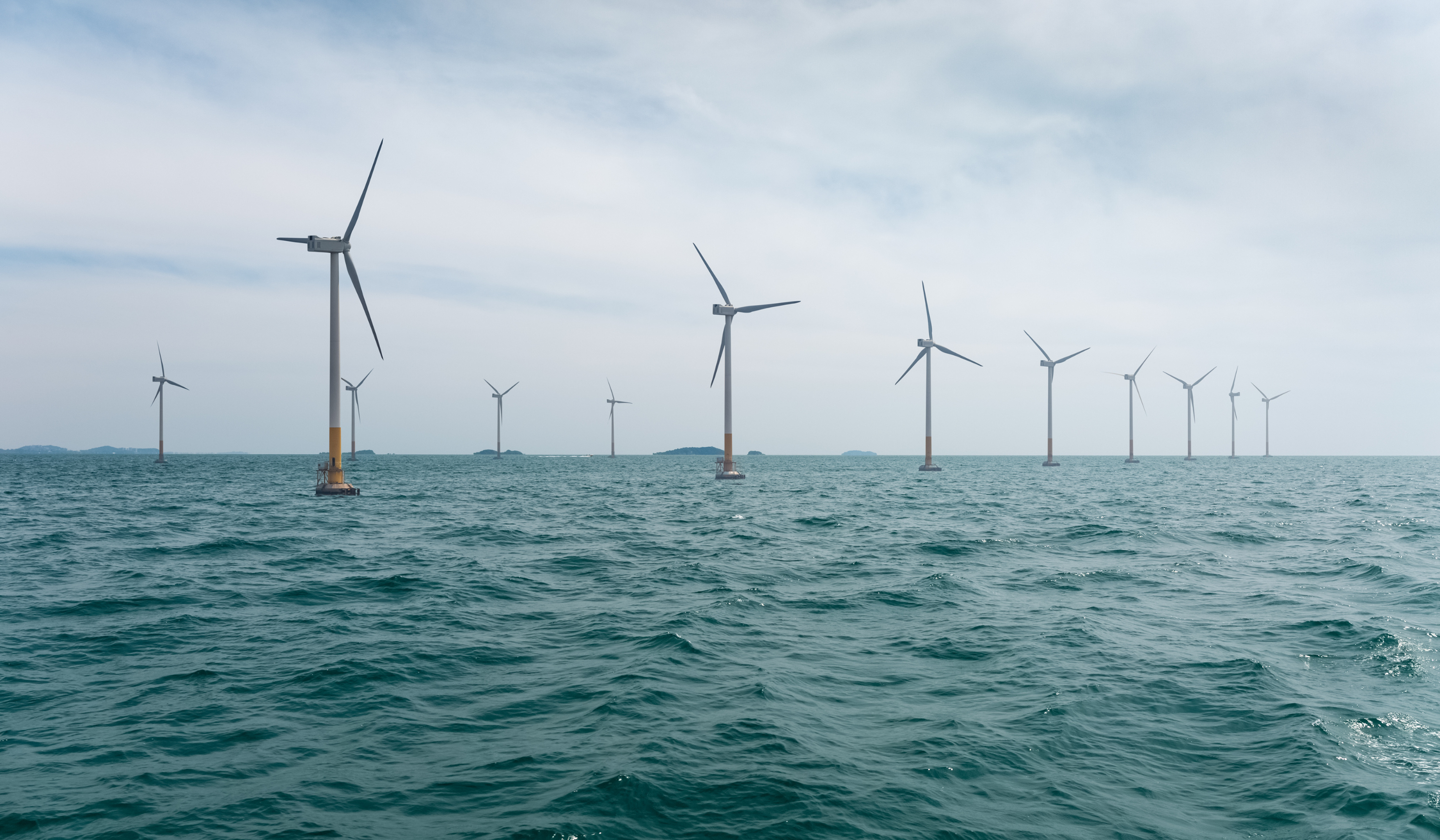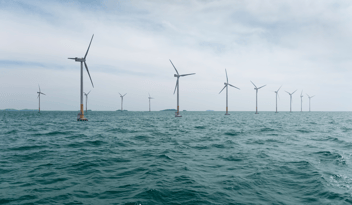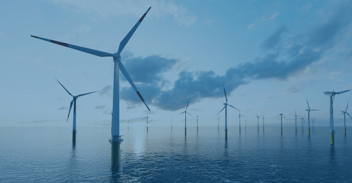
Addressing Challenges in Offshore Wind Project Decommissioning
As a proven and reliable source of renewable energy, offshore wind is gaining momentum via government backing across the globe and increased technological investment. The expansion of offshore wind farms continues to grow at pace, with total worldwide capacity set to stand at 630 GW by 2050.
However, as some offshore wind projects approach the end of their lifecycle, K2 Management has observed a growing need to reassess decommissioning strategies and cost assumptions. These considerations, once overlooked during permit approvals, now demand serious attention as the industry faces unexpected challenges.
The financials behind decommissioning
Initial cost assumptions for decommissioning were often unrealistically low, leading to significant discrepancies between projected and actual costs. While motivations behind these assumptions vary, they were primarily driven by a focus on maximizing Net Present Value (NPV) and a belief that future challenges could be addressed later. However, as projects near their end-of-life phase, the reality of underestimated costs has become unavoidable.
Operators are now compelled to reevaluate their cost estimates to avoid unforeseen financial burdens. Recognizing this urgency, both operators and regulatory bodies are taking proactive steps to revisit previous assumptions and ensure that current estimates align with the realities of today's technologies and market conditions.
Dismantling offshore wind installations involves complexities similar to their initial construction. The need for specialized equipment and logistics, including cranes and installation vessels, remains consistent. Moreover, the retrieval of cables, often overlooked, presents additional challenges and costs, particularly if sites undergo repowering efforts.
One significant oversight in past cost estimates has been the inadequate consideration of project management and port logistics. Dismantling projects require meticulous planning and coordination, necessitating a project management team comparable to that of installation projects.
Furthermore, the availability of suitable shore bases and processing facilities poses logistical challenges. The limited capacity of ports, coupled with the need for specialized processing of decommissioned components, underscores the need for proactive planning and collaboration within the industry.
Fostering experienced collaboration within industry
Addressing these challenges requires the involvement of experienced service providers from the shipping and offshore industries. While the offshore wind decommissioning market is still emerging, the participation of established specialists will drive optimization and cost efficiencies in the process.
The decommissioning of offshore wind projects demands careful consideration and proactive planning to mitigate unforeseen costs and logistical challenges. By reassessing cost assumptions, engaging experienced service providers, and fostering collaboration within the industry, stakeholders can ensure the successful and cost-effective decommissioning of offshore wind installations.
Recognising the significant opportunity presented by looming decommissioning projects, K2 Management is proud to offer an independent preparation of a decommissioning concept and a realistic cost estimate according to today's standards. This offer aims to address the challenges faced by the decommissioning projects while most projects have not begun to build the necessary funds.
It is estimated that approximately 3.5GW of global offshore wind capacity will near the end of its optimum operational life by 2035 and in many cases, decommissioning is the answer. However, with an increased focus on sustainability, investigating other options for older sites is also of paramount importance – whether it be full or partial removal, or partial redevelopment. Working in partnership with K2 Management, operators have the opportunity to explore all aspects of decommissioning, drawing on the expertise of knowledgeable global teams to provide industry-leading guidance.
Written by Jens Lanwes, Chief Consultant, Asset Management. For more information on how we can support your next project, please reach out:





